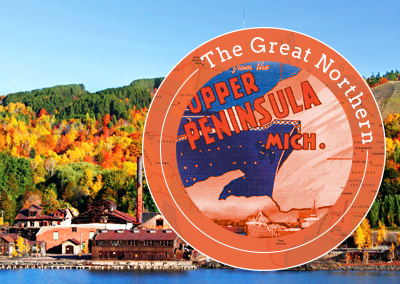Troy and Mount Lebanon
Troy
The grave of Uncle Sam and the birthplace of the detachable shirt collar are both across the river in Troy (pop. 49,374), 8 mi (12.8 km) north via the I-787 freeway. A world removed from downtown Albany, this narrow riverfront city was strategically situated at the point where the Erie Canal headed west from the Hudson River. It rose to national prominence as a manufacturing center in the 19th century, when its foundries and factories cranked out iron for stoves, stagecoaches, bells, and battleships.
Troy’s burly factories have given way to a quietly picturesque college town, with Rensselaer Polytechnic Institute rising on the steep hill to the east above the cast-iron business district downtown. In addition to its many impressive buildings, Troy’s dense downtown has two great road-food finds: Manory’s Restaurant (99 Congress St., 518/272-2422) doles out stuffed combo sandwiches, home-cooked pasta, and really, really big breakfasts, while The Famous Lunch (111 Congress St., 518/272-9481) is a delightfully worn-down greasy spoon with hand-lettered signs, tall wooden booths, and an eye-opening clientele of cops, winos, RPI students, and local businesspeople. From noon until late every day but Sunday, nearly all the clientele chow down on multiple four-inch-long chili-doused hot dogs served on Styrofoam plates with cold RC Colas on the side.
Mount Lebanon Shaker Village
Heading east from Albany across the Hudson River toward the Massachusetts state line, US-20 follows Columbia Avenue through the warehouse and factory town of Rensselaer, then climbs a long retail-lined hill past innumerable liquor stores, mini-marts, gas stations, and motels into the Taconic Mountains. Also here is the full-throttle dirt oval of the Lebanon Valley Speedway (518/794-9606), with racing throughout the summer.
After this barrage of contemporary culture, the tranquil hillside remains of Mount Lebanon Shaker Historic Site, on the south side of US-20 a few hundred yards west of the Massachusetts border, come as a welcome relief. Of the 20 Shaker communities once scattered over the eastern United States, practicing a passionate but celibate form of Christianity, Mount Lebanon was the head ministry, founded here in 1785. The community endured until 1947, and some two dozen historic buildings still stand, including a 192-ft (59-m) stone barn—the largest stone barn in the world when constructed in 1859—and a no-frills but cleverly constructed 1854 washhouse boasting hidden wall drawers and perfectly fitted floorboards. All the craftsmanship is testimony to the Shaker edict, “Hands to work, hearts to God.”
The Shaker Museum (202 Shaker Rd., 518/794-9100, 11am-4pm Fri.-Mon. mid-June-mid-Oct.) has the world’s most extensive collection of Shaker-related items, from Shaker seed catalogs and pieces of Shaker furniture to the woodworking tools and devices used to make them.
New York Maps

















